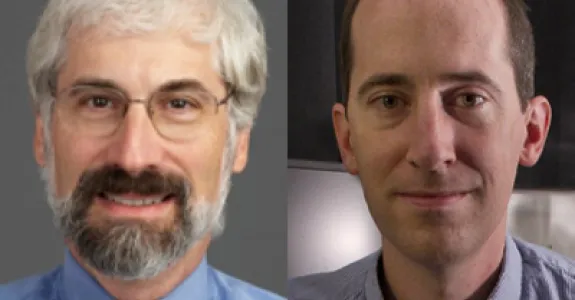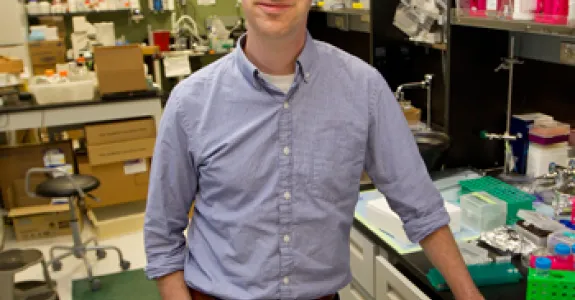
Dr. Alex Dunn is an Associate Professor in the Department of Chemical Engineering at Stanford University. His research focuses on understanding how living cells sense mechanical stimuli, with particular interests in stem cell biology and tissue engineering. Dr. Dunn worked as a postdoctoral scholar with James Spudich in the Department of Biochemistry at the Stanford University School of Medicine. He received his Ph.D. at the California Institute of Technology under the direction of Harry Gray, where his work focused on understanding the catalytic mechanism selective C-H bond oxidation by cytochrome P450 enzymes. His work has been recognized with numerous awards, including the Hertz Fellowship, the Burroughs Wellcome Career Award at the Scientific Interface, the NIH Director’s New Innovator Award, and the HHMI Faculty Scholar Award.
The goal of the Dunn laboratory is to determine how molecular-scale information encodes the shape and physical properties of cells, tissues, and whole organisms. To do so, they use a combination of sophisticated microscopy, single-molecule biophysics, and theoretical modeling to explore how information propagates upwards across biological length scales. Specific questions that the Dunn lab is currently investigating include:
- How do molecular-scale asymmetries encoded in individual proteins give rise to the emergent physical properties of the cell; and
- How do cells coordinate their actions to shape organs and tissues?
In helping to answer these general questions we hope to understand the physical principles that underlie the construction of complex, multicellular life. The lab anticipates that this knowledge will be highly relevant to the development of stem-cell-based therapies and to engineering complex, three-dimensional tissues in the laboratory.















